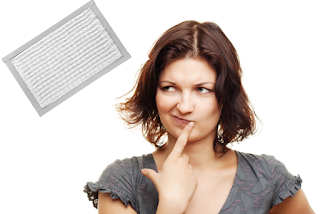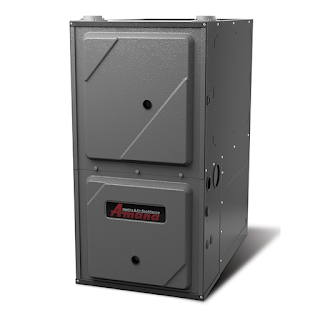During and after a snowstorm, the power needs in your area can be taxing for the electrical grid. As homeowners and businesses struggle to keep things up, running, and warm, outages, flickering, and surges can result from rising power demands. To avoid damage to heating units, appliances, and electronics, it’s wise to plan ahead.
How to Protect Your Home Against Power Surges
Heating companies commonly see the effects of power surges when performing heating repairs. These sudden jolts of electricity, like a bolt of lightning, can carry thousands or tens of thousands of volts of electricity through your home’s wiring, causing your heater to stop working and damaging other appliances and electronics in the process. Luckily, there are ways you can protect your pricey equipment from the effects of power surges:
commonly see the effects of power surges when performing heating repairs. These sudden jolts of electricity, like a bolt of lightning, can carry thousands or tens of thousands of volts of electricity through your home’s wiring, causing your heater to stop working and damaging other appliances and electronics in the process. Luckily, there are ways you can protect your pricey equipment from the effects of power surges:
 commonly see the effects of power surges when performing heating repairs. These sudden jolts of electricity, like a bolt of lightning, can carry thousands or tens of thousands of volts of electricity through your home’s wiring, causing your heater to stop working and damaging other appliances and electronics in the process. Luckily, there are ways you can protect your pricey equipment from the effects of power surges:
commonly see the effects of power surges when performing heating repairs. These sudden jolts of electricity, like a bolt of lightning, can carry thousands or tens of thousands of volts of electricity through your home’s wiring, causing your heater to stop working and damaging other appliances and electronics in the process. Luckily, there are ways you can protect your pricey equipment from the effects of power surges:- Point-of-Use Surge Protection
You probably already rely on point-of-use surge protection for high-dollar home entertainment systems, office equipment, and electronics. If you don’t, they make for a wise investment – provided you get what you pay for. Avoid glorified extension cords, shopping for surge protection that specifically advertises surge protection/suppression capacity against surges with a reaction time of one-nanosecond or less. - Whole House Surge Protection
To avoid a damaged heating system and the need for 24/7 HVAC repair, whole house surge protection is also a wise investment. This safeguards not only all the electronics and appliances in your home but also your wiring against the damaging effects of power surges. As an added bonus, these systems also protect the devices in your home against another hidden menace: Sudden increases in voltage caused by energy-intensive appliances in your home powering off and on (HVAC, hair dryers, vacuums, microwaves, etc.).
Ways To Prevent Power Surges
In addition to protecting your home from power surges, which are becoming increasingly common due to growing electrical grid demands, the incidence of weather-related events, auto collisions, power line maintenance, and more, you can also reduce the likelihood of power surges by limiting your power consumption. This decreases demand on the grid, not to mention your electrical bills.
- Run Your Heater Less
Set your thermostat to 68 during the day, and 66-62 at night when you’re sleeping and covered in blankets. Dress for the weather in layers to reduce the need for heating system use. Bonus: Every degree you lower the thermostat shaves 1-3% off your electric bill. - Reduce Heat Loss
Don’t heat the entire neighborhood. Properly insulating your walls and attic and reducing air leakage around windows, doors, pipes, and wiring can prevent wasting energy. The better your home is sealed, the longer it takes to lose heat. - Monitor Humidity
Humid air holds more heat. It also prevents chapped lips and skin and sinus problems resulting from dry winter weather. A whole house humidifier can help you keep things more comfortable, in the 24-45% relative humidity range.
Prevent tripped breakers and a broken heater. Learn more about surge protection from the pros at H&H Heating & Cooling, or contact us to schedule heating servicesfor a system damaged by a power surge today.
This blog was originally posted on https://www.delcohvac.com/power-surges-after-snow-storm-be-prepared/
 Complete this safety checklist and protect your family from carbon monoxide dangers.
Complete this safety checklist and protect your family from carbon monoxide dangers.







